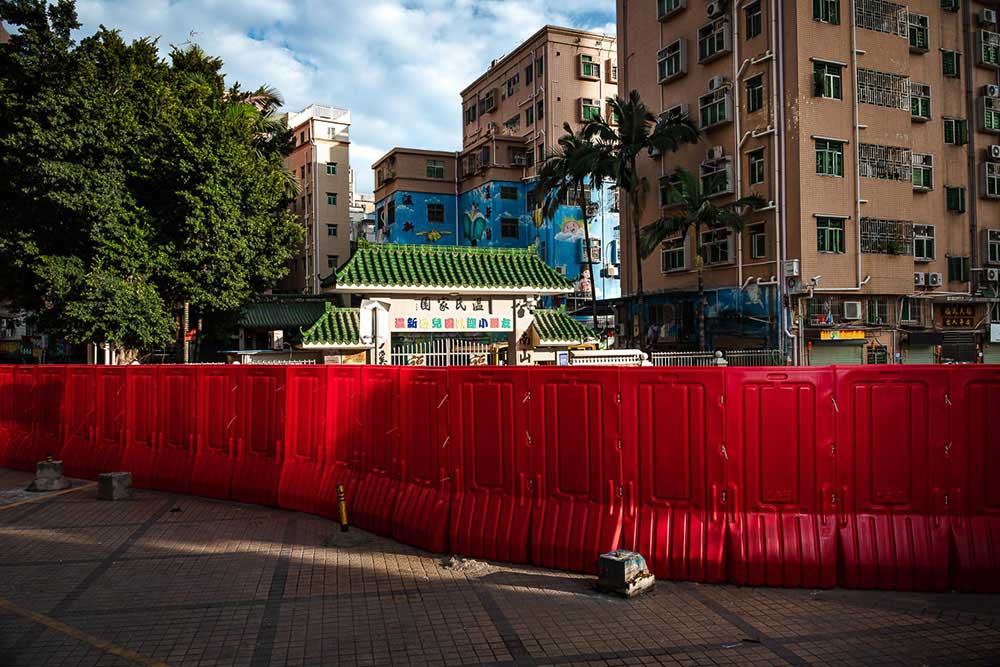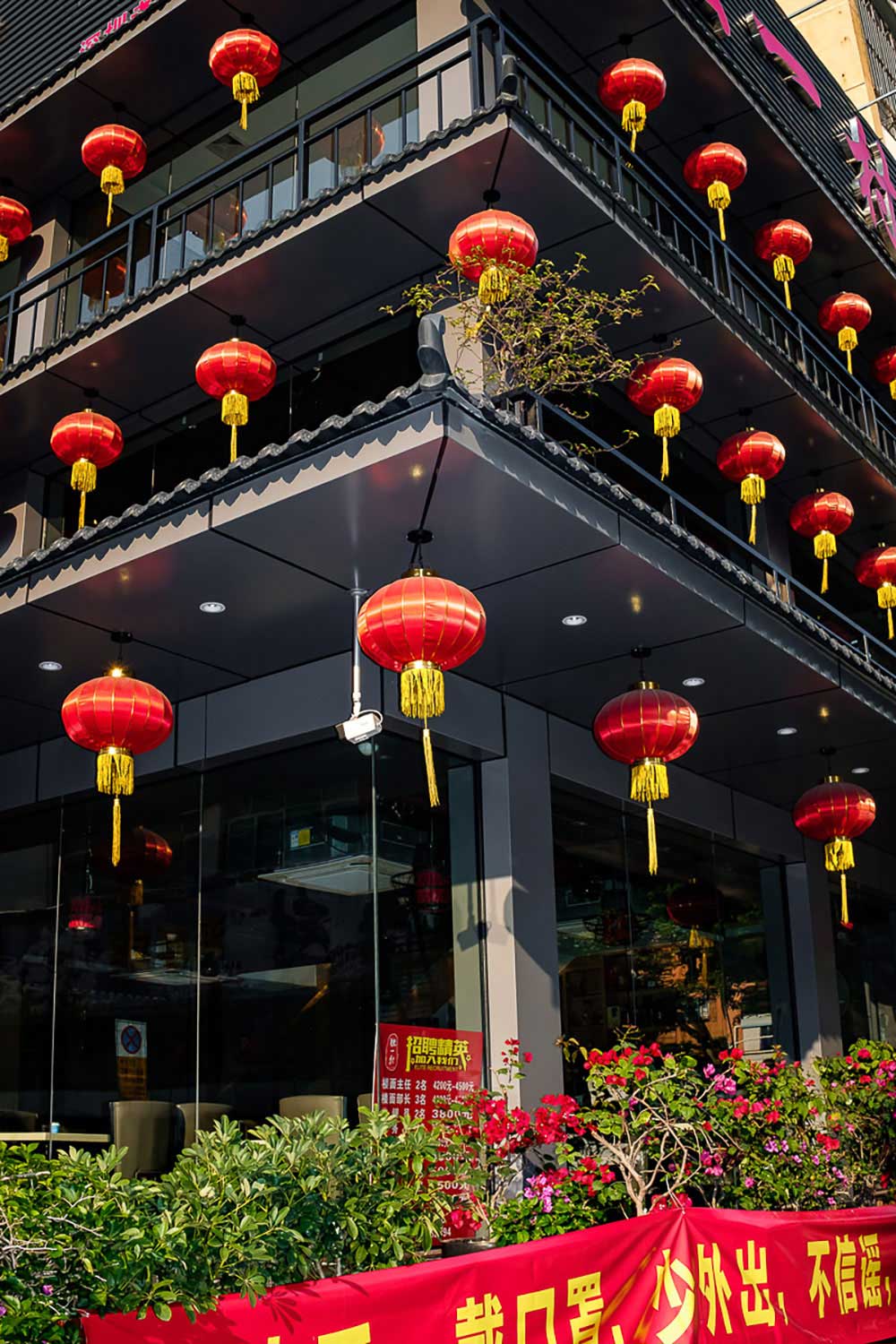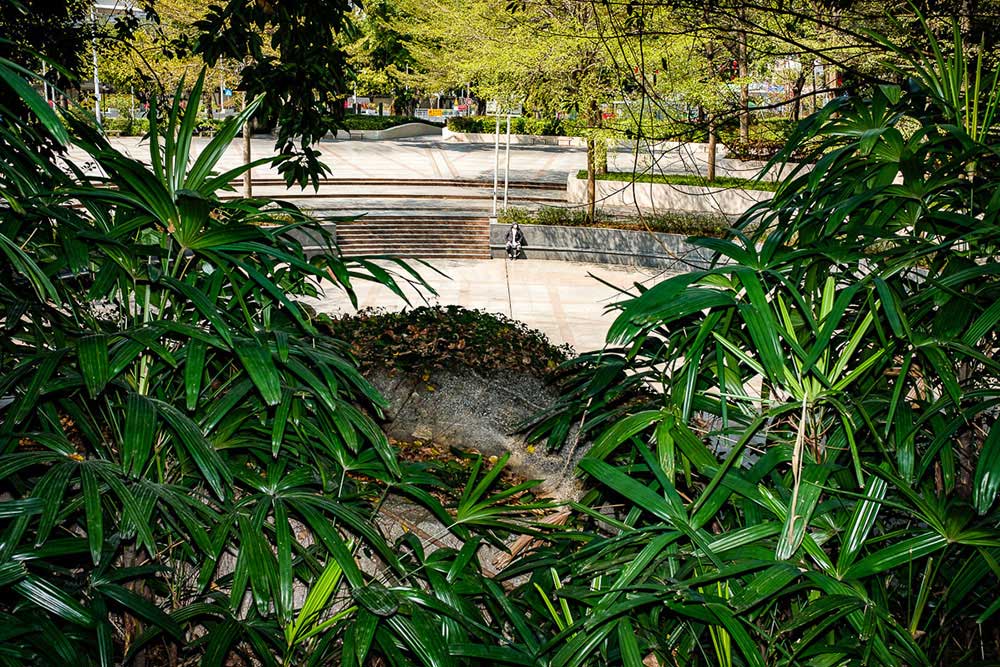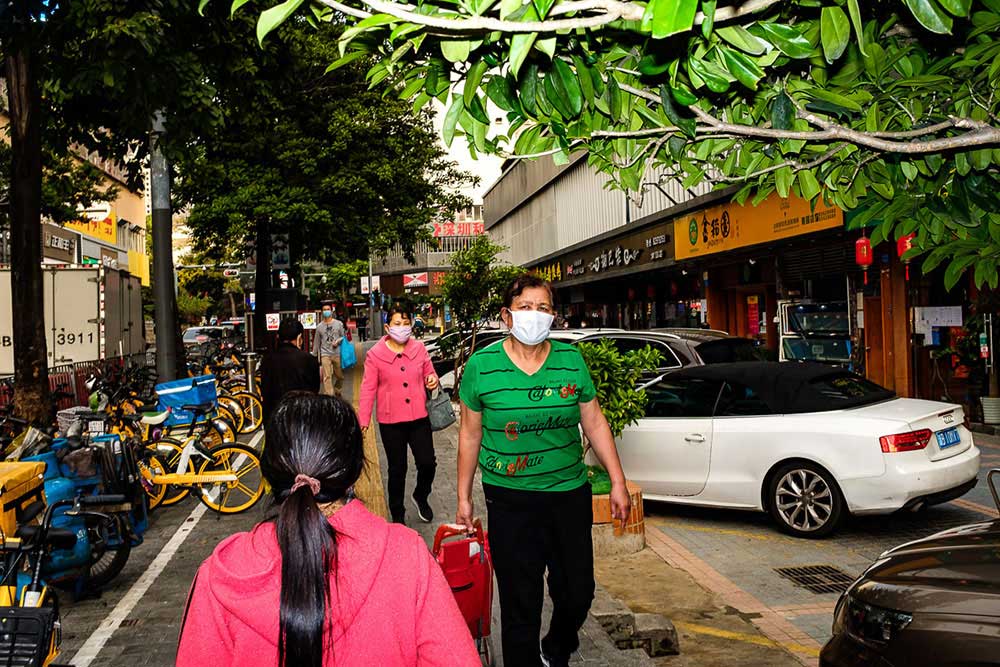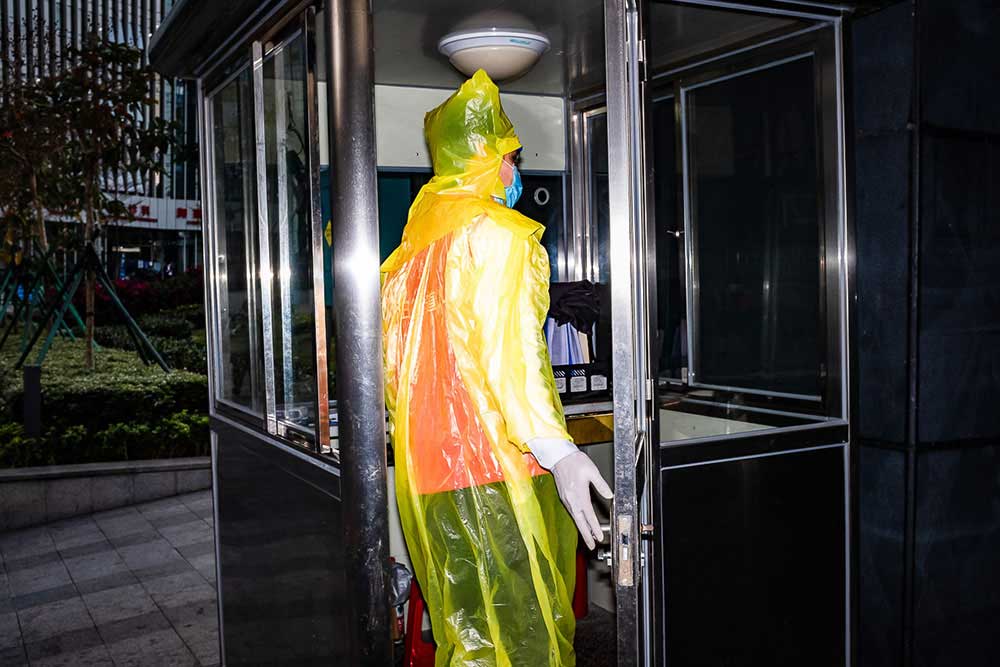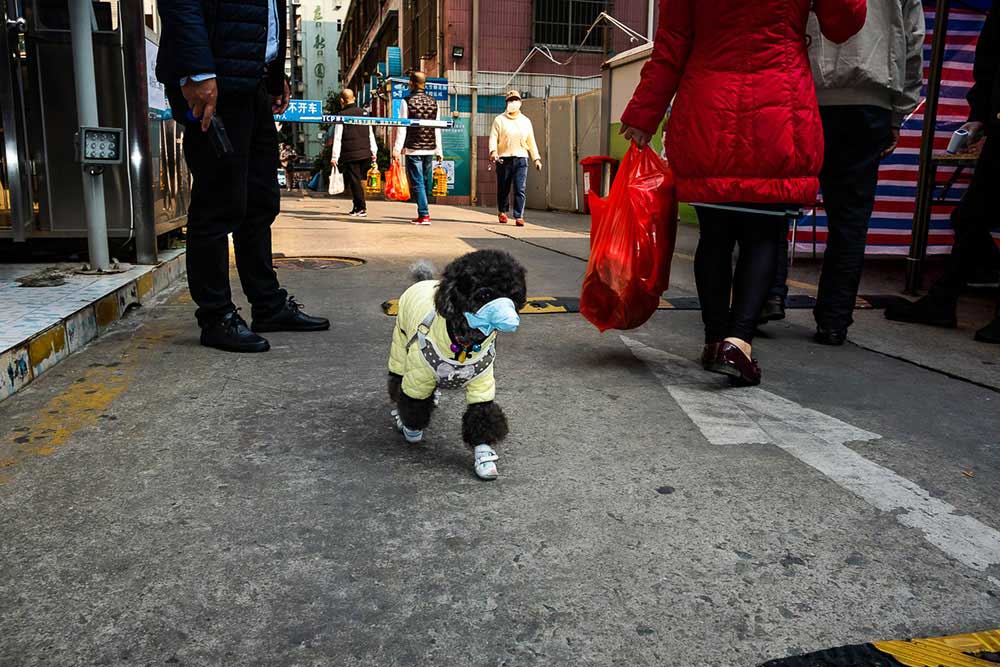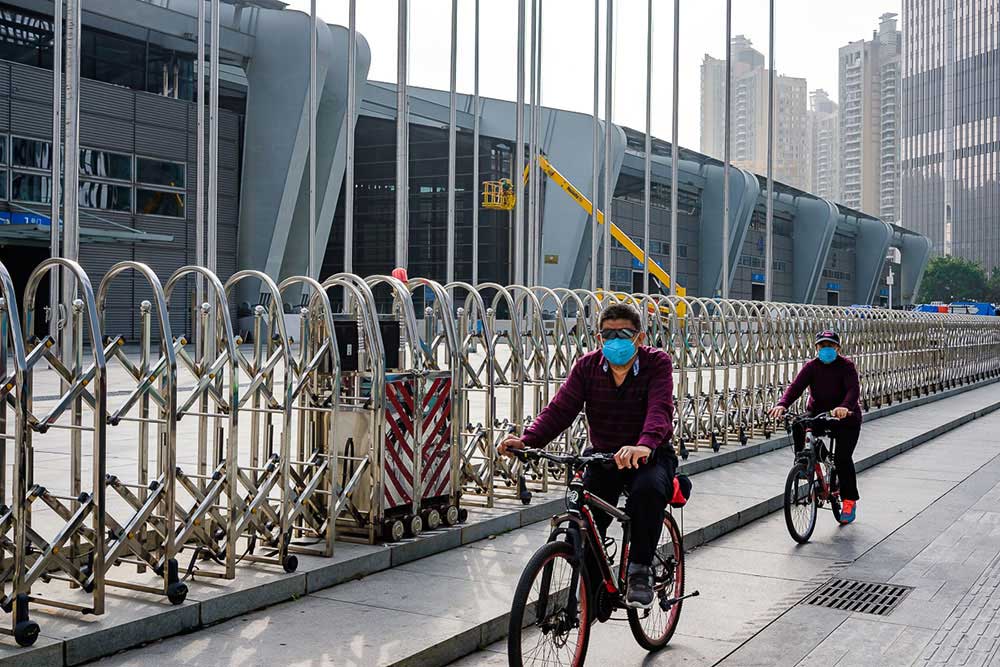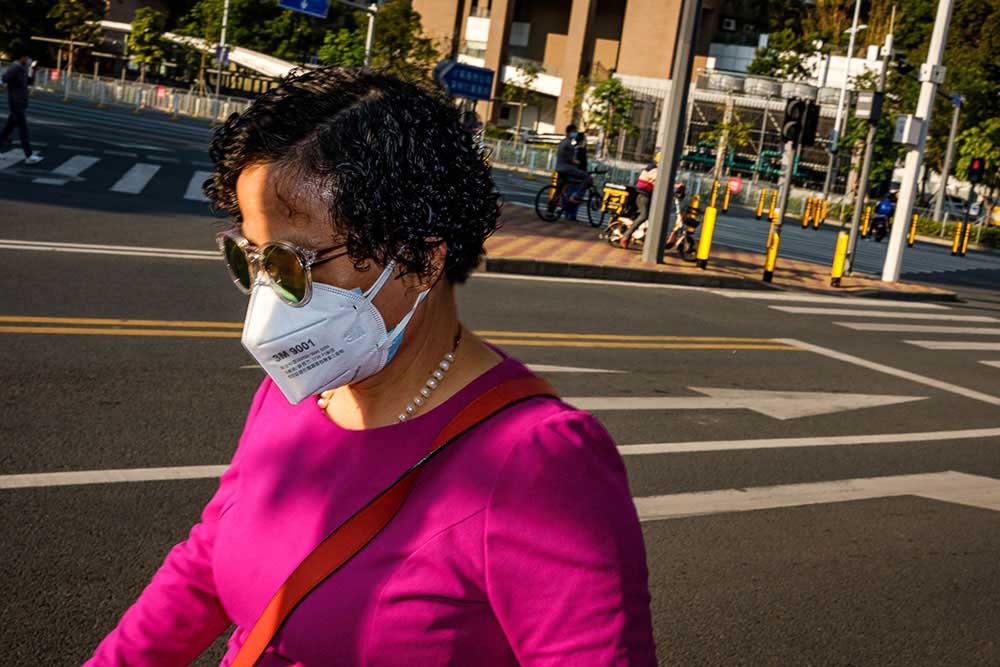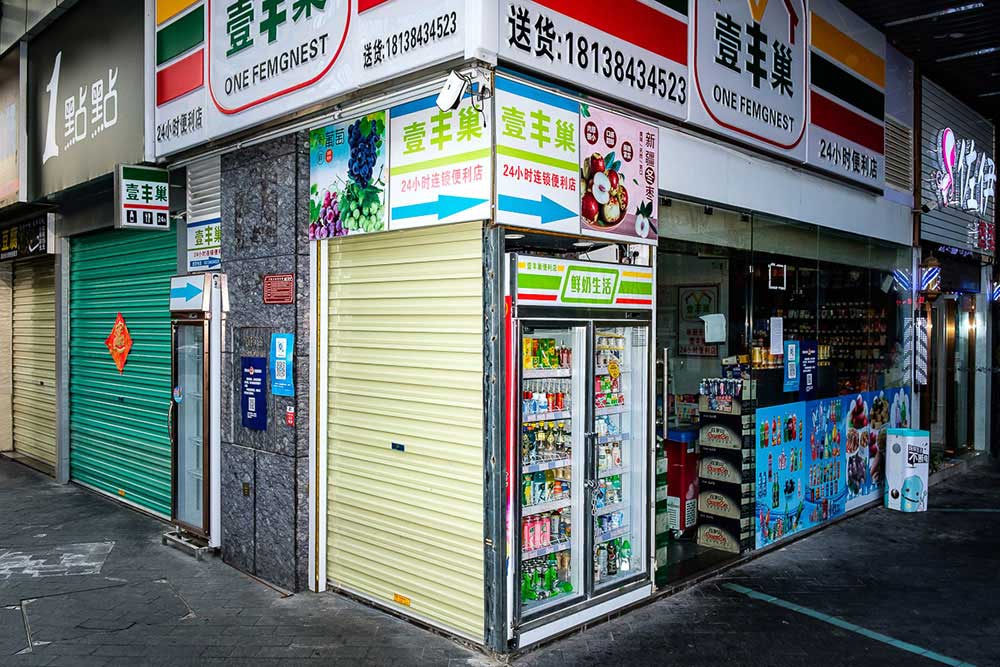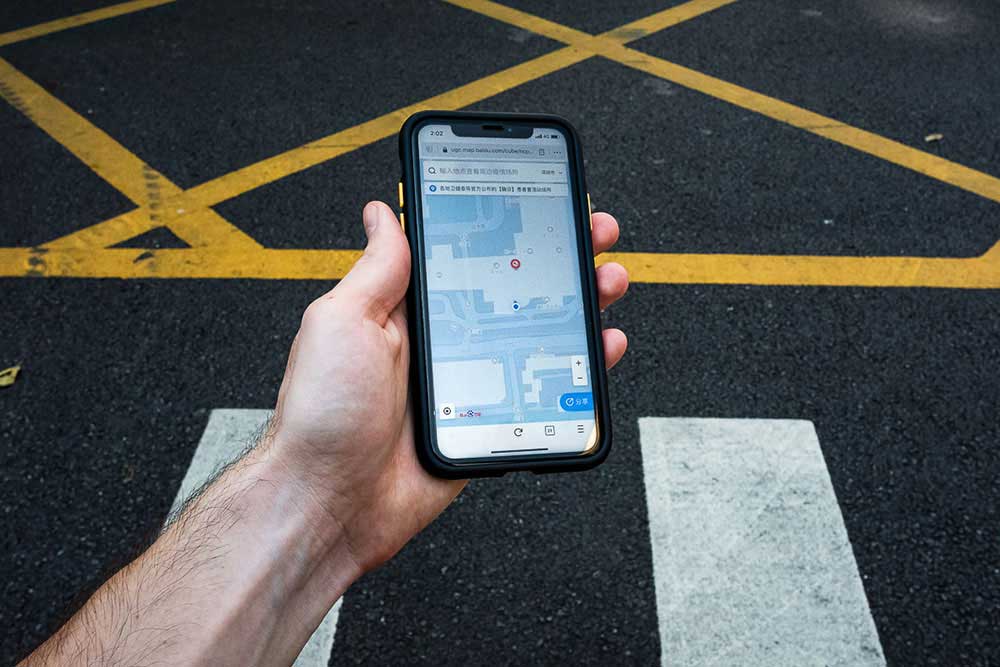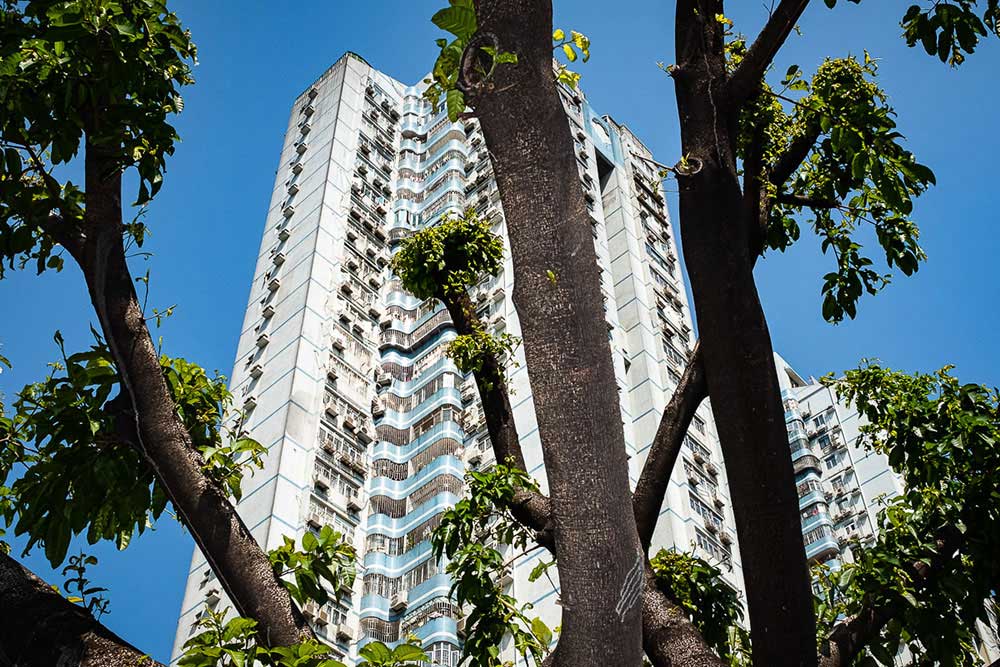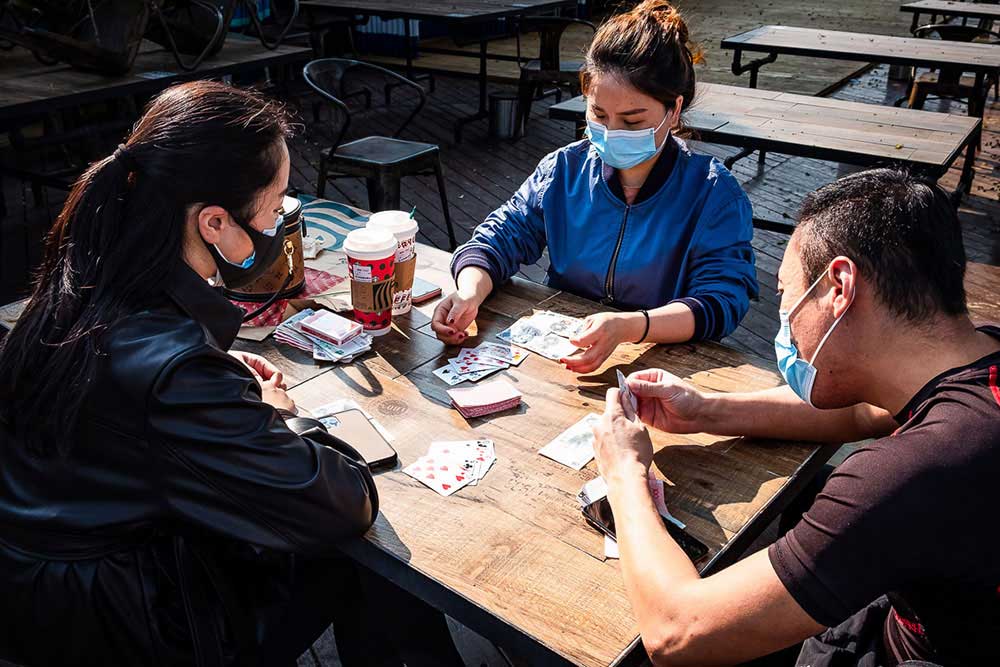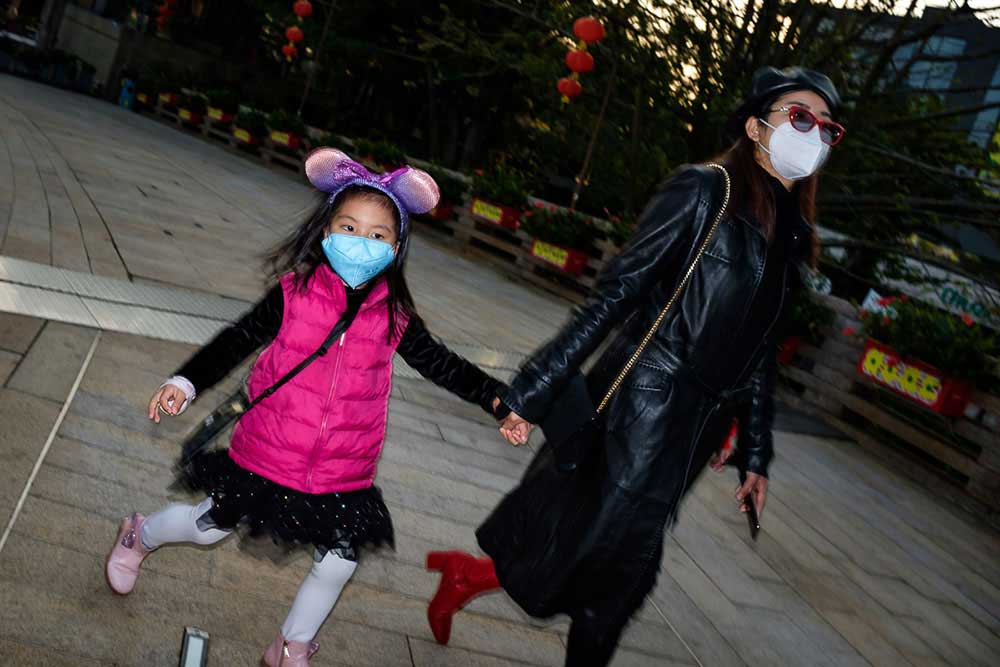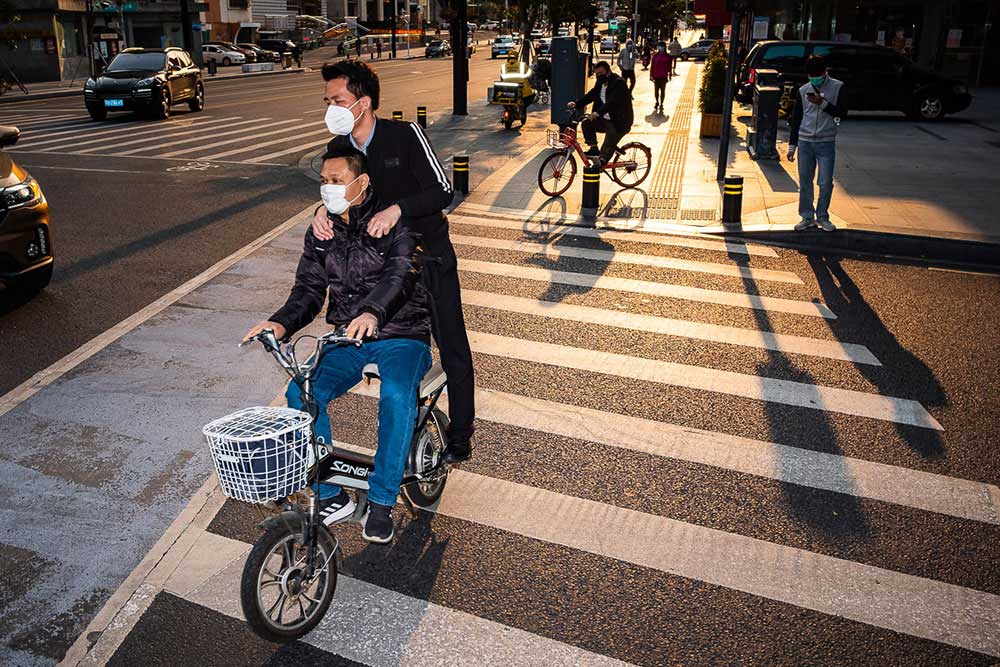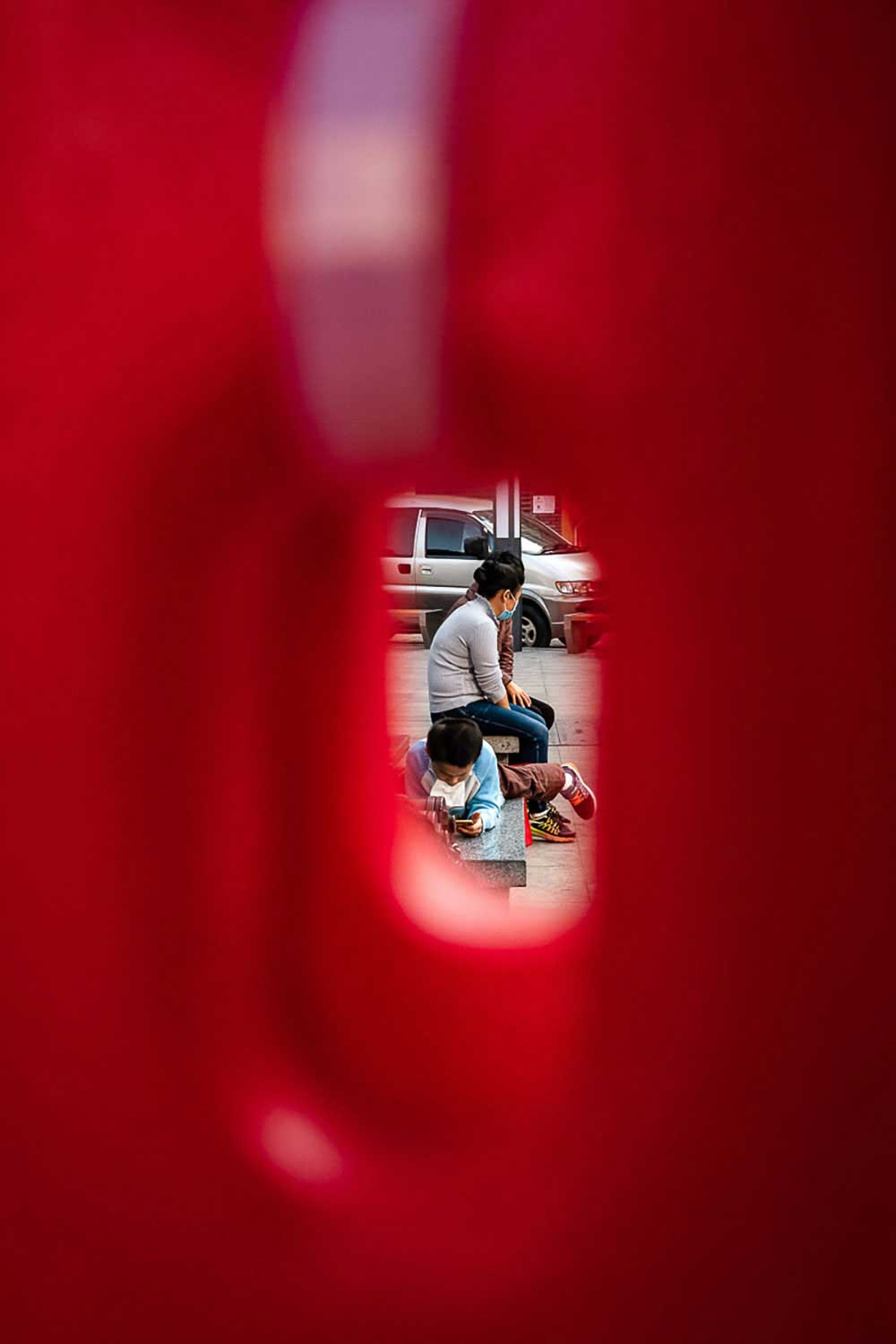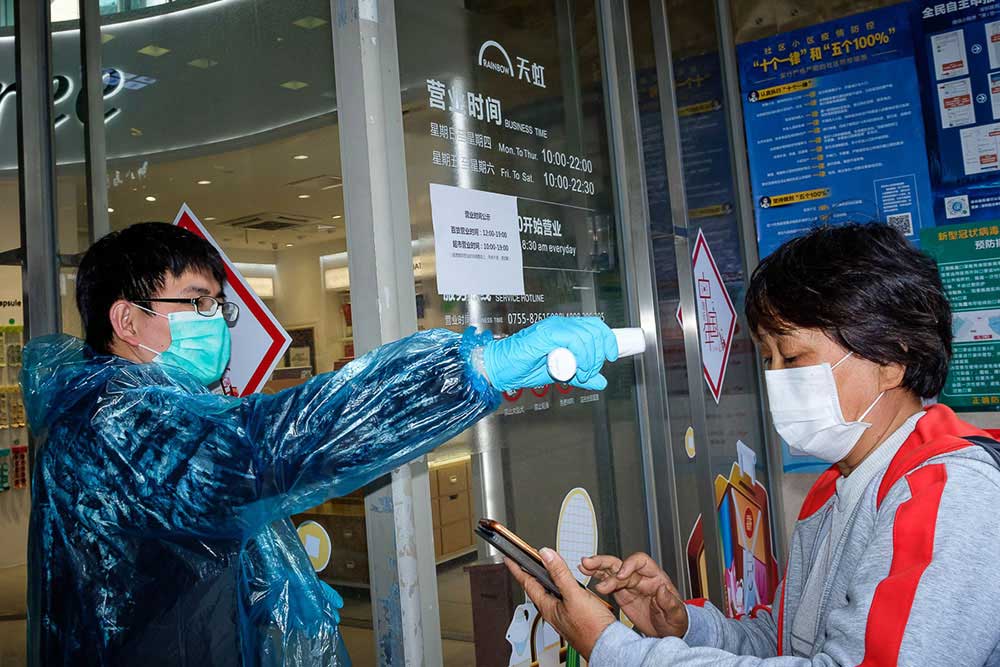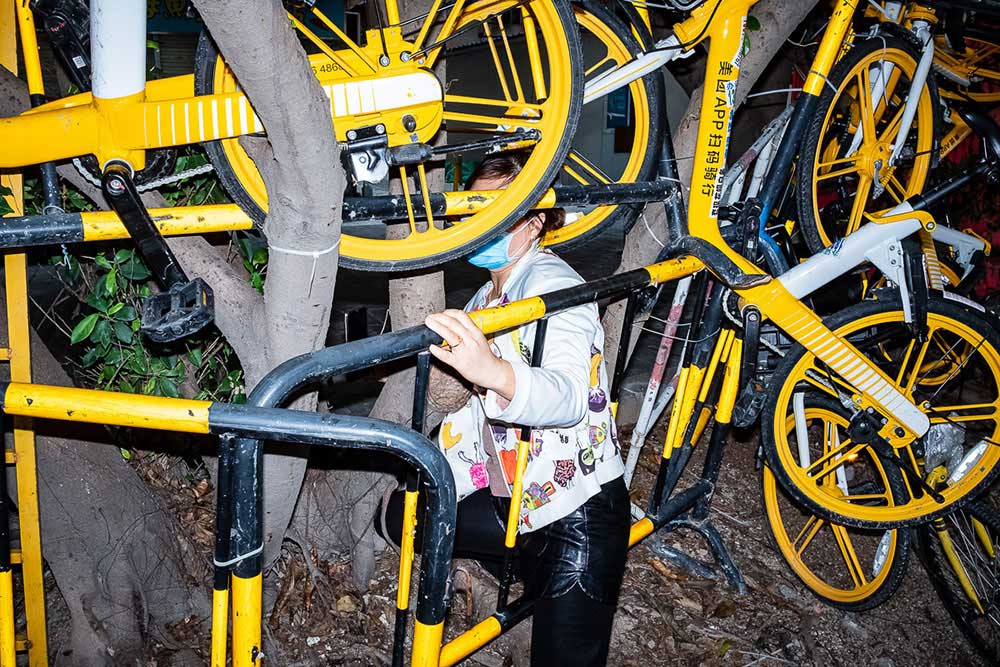When the early messages about a new virus appeared in the press in January of 2020, Shenzhen was full-on getting ready for the upcoming Chinese New Year.
The country rushed to finish all the business tasks and get ready for the long break, the main yearly holiday when everything just goes on hold. But then, in the following days, came an official confirmation – the virus was real. And everything changed after that.
All the medical masks were gone from the shelves in an instance, there was hardly any face without a mask anymore; body temperature checks became mandatory at all entrances; many areas of the city got separated with long red plastic walls – an epic scale campaign to filter out people with symptoms. A flow of colorful protection – barriers, masks, gloves, eyeglasses, plastic coats – flooded the city landscape and became a regular sight. No panic on the streets, though. Rather, a silent avoidance of one another.
Soon after, messages about an upcoming closure of the borders and evacuations of foreigners started to appear. Most of Shenzhen’s Chinese residents rushed to their hometowns for the celebration. City became empty, as it happens every year. But this time the silence had a different effect. I, a foreigner in an empty city in China, was up for a choice: to leave or to stay. I decided to stay, and I haven’t been out of China since then.
I took the images as a personal diary of how things looked during that time. Taking the camera with me to the groceries scouts first, I captured what I saw around, mostly focusing on how people were. At that time, it wasn’t yet a global pandemic, it was happening only in China. The peak of most new COVID-19 cases in a day was at around 300. That in Shenzhen, a city with 17+ million people population. Weighing the risks, I decided to go out to the city and see the situation outside of my area. Coming against such a life-changing force, I wanted to see how other people of Shenzhen were dealing with it. Trying to make sense of what was going on with the tool I know best – photography.
About Vlad Timofeev
China-based documentary and art photographer, Vlad Timofeev, studied photography in Beijing Film Academy and Saint-Petersburg’s School of Modern Photography ‘Docdocdoc’. Explores urban and rural spaces, as well as their inhabitants; enjoys the variety of photographic styles and approaches in his work, with the focus on China for the last 10 years. Has won and short-listed in several photo contest (Photo Visa’s Argus-2021), participated in exhibitions (1903 space, Kunming, 2022). [Official Website]



